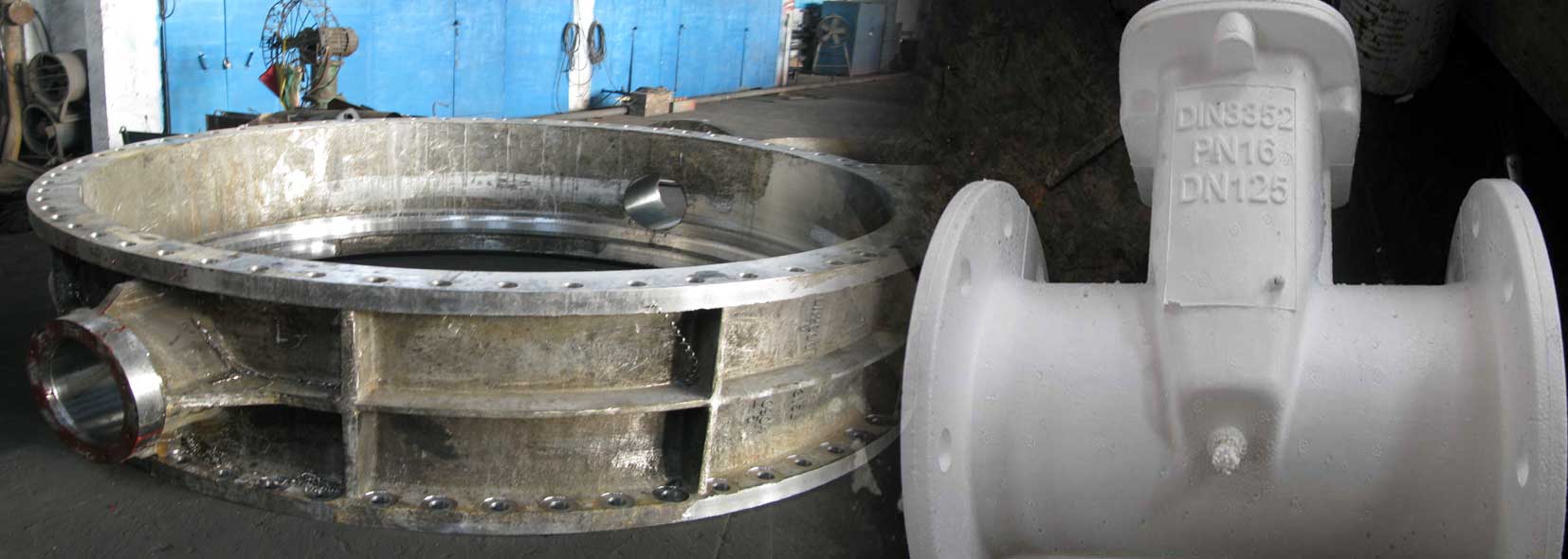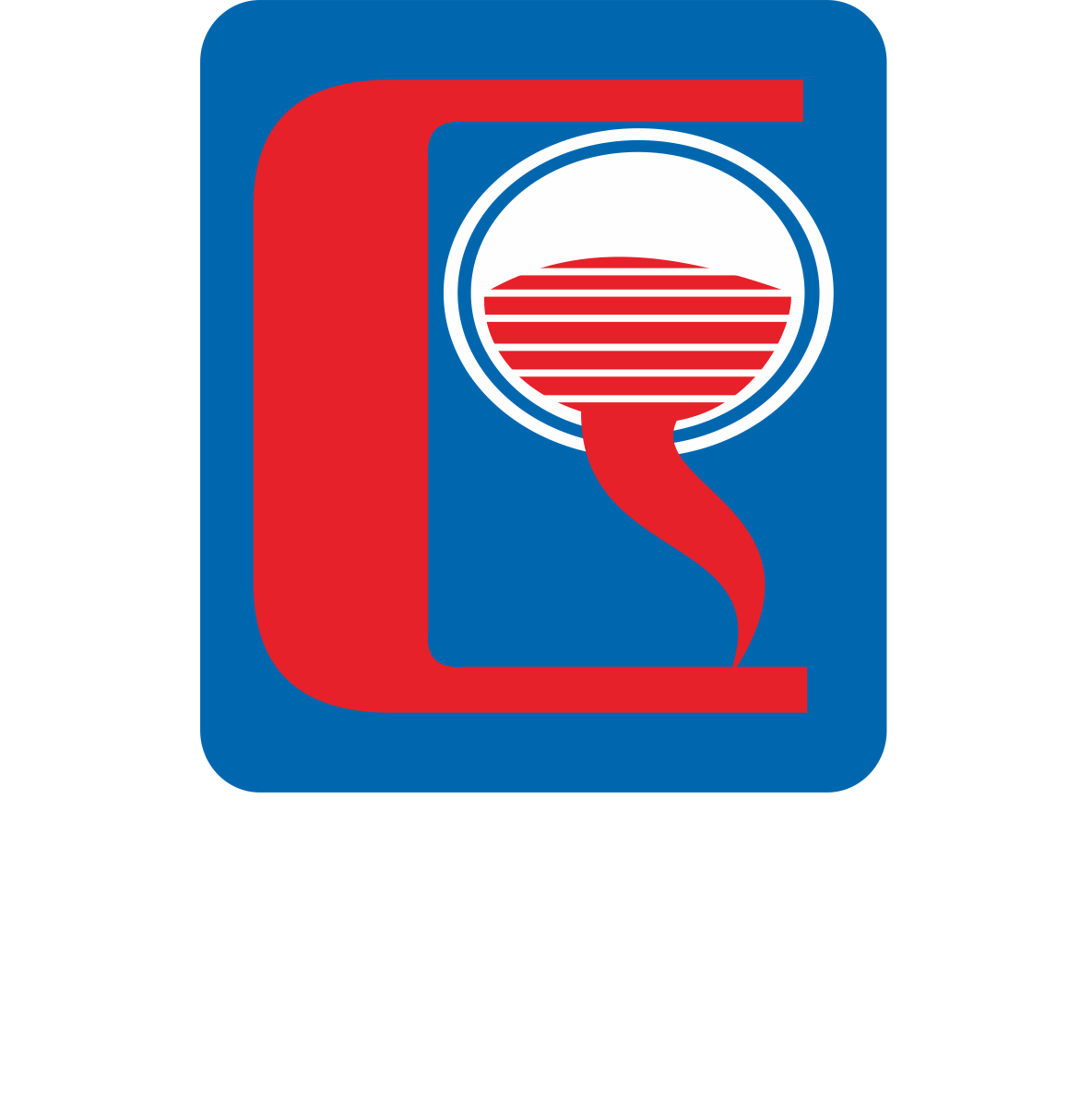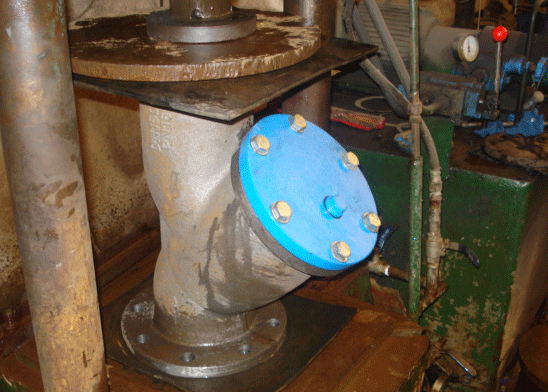Content for Ductile Iron vs Carbon Steel
Introduction of ductile iron and carbon steel in valve industry
The valves for constructions and public works water supply and drainage, or fire protection systems are midium and low pressure seires. Actually, majority are low-pressure valves, which means that nominal pressure is only 1.6MPa and not exceed 4.0MPa; genearlly medium is water and the temperature is generally lower than 100 degree celsius.
The work conditions of valves determine the materials to be used. So if we want to know which one is better between the ductile iorn and the cast steel, a comprehensive and inclusive comparison of mechanical properties, corrosion resistance, temperature range and other aspects related is needed.
Valve Casting methods:
- Sand Castng (suitale for cast iron and carbon steel)
- Investment Casting (suitalbe for carbon steel)
- Shell Casting (suitale for cast iron and carbon steel)
- Lost Form Casting (suitale for cast iron and carbon steel)

Our Services
- Sand Casting
Casting Quality focus on Metal Parts industry, we provide professional service in Metal Casting field.
Sand Casting is a popular metal form method, are suitable for all materiel, such as grey iron, ductile iron, malleable iron, carbon steel, stainless steel, aluminum and bronze.
- Investment Casting
also named as precision lost wax casting, mainly suitalbe for carbon steel and stainless steel parts. We also provide grey iron and ductile iron and aluminum and bronze parts by investment casting. It can achieve the best appearance with good tolerance
- Shell Casting
Shell casting method is a good option to replace investment casting and sand casting. the quality is better than sand casting parts, suitable for bulk production.
- CNC Machining
CNC Milling, CNC turning with 5 xix CNC center, we provide precision machining for all castings based on customers design drawings.
- CAD Design
Mechanical Design service based on customers requirement, our software is Solidworks and AutoCAD.
- Tools/Mold Design
Mould design and production will be served for metal casting ad plastic injection industry. Based on our more than 10 years experience, we supply professional molds for our customers in Europe and North American.
Ductile Iron vs Carbon Steel Mechanical Properties | ||||
| Material Grade | Tensile strength N/mm2 | Yield strength N/mm2 | Elongation ratio % | Hardness (HB) |
| Ductiel Iron QT450-10 | 450 | 310 | 10 | 160-210 |
| Ductiel Iron QT500-7 | 500 | 320 | 7 | 170-230 |
| Carbon Steel ZG270-500 | 500 | 270 | 18 | 143 |
| Carbon Steel ZG310-570 | 570 | 310 | 15 | 100-215 |
From the above form, we could see that in terms of similar grades of ductile iron and carbon steel, the yield strength of ductile iron is higher than that of carbon steel. The ductile iron’s yield strength is 0.6-0.65 while the carbon steel’s is 0.5-0.55. It means that the ductile iron has a much higher utilization of basic metal strength than carbon steel does. In mechanical designs, the allowable stress of a material is determined by the yield strength. Moreover, ductile iron is harder than carbon steel, so in face of multiple impacts of low energy, ductile iron has a better a resistance.
Using ductile iron for valve body can reduce weight, while carbon steel has a higher elongation rate. But valve body asks for certain stiffness to stablize the structure and to avoid leakage due to the deformation of sealed surfaces. Therefore, the elongation yield is not highly demanded.
By comparison, we could draw a conclusion that both ductile iron and carbon steel can meet the demands of the body materials for water supply and drainage valves in terms of the mechanical strength.
Temperature resistance requirement between ductiel iron and carbon steel
The temperature resistance ranges of ductiel iron is -30 degree to 350 degree, and while carbon steel is -29 degree to 425 degree celsius. For the water supply and drainage valves, the medium temperature generally refer to normal temperature. And for normal temperature, the low temperature environment is more important. Both materials have the same conditions.
Corrosion resistance between ductiel iron and carbon steel
The performance of corrosion resistance determins the life of valves. The corrosion resistance of a metal depends on how active the metal is, how much in quantiy the other elements are and how they exist. Both iron and steel are iron-based metals, so their activities of atoms are same.
Ductiel iron usually contains 4.3-4.7% carbon while steel has 0.4-0.5% only. So the ratio of carbon in ductile iron is 10 times more than that of carbon steel, meanwhile it exists in point-like shape (spheroidal graphite) . Due to the extremely high stablity of carbon, the iron has a better performance on chemistry and corrosion resistance.
The dielectric property of punctate graphite in ductile iron is better than that of flake graphite in carbon steel. So the former one has a better resistance to electrical corrosion, which is particularly important for valves buried underground.
Carbon steel has a low carbon content but a high manganese content, usually around 1.0% . The stability of manganese is poor, therefore, its chemical corrosion resistance is also poor and easy to rust, along with scale-like peeling.
Conclusion
From above comparison, we could see that ductile iron is much better than carbon steel when it is used for valve body material of midim and low pressure valves for water supply and drainage, HAVC and fire protection systems. If the life of carbon steel valves can reach 25-30 years, the life of ductile iron valves could be up to 60-80 years.
Generally in Europe, USA, Japan and China, most standards of the body materials for valves usded in water supply and drainage are based on the gray cast iron (nominal pressure 1. O MPa and below) and ductile cast iron. Surely for the small caliber valve, it is also rational to use copper alloy for body materials for valves.

As a professional manufacturer in China, We Casting Quality focus on Metal Parts OEM industry, and provide solutions and services in Metal Casting field as following:
- Sand Casting
- Investment Casting, Lost Wax process
- Shell Casting
- Lost Form Casting
- CNC Machining
- CAD Design
- Tools/Mold Design
Material Supplied
- Cast Iron Castings (Grey Iron, Malleable Iron, Ductile Iron)
- Carbon Steel and Alloy Steel Castings
- Stainless Steel and Duplex Stainless Steel Castings
- Aluminum Castings
- Bronze and Brass Castings
- Titanium and Cobalt Alloy Castings
What We Can Do
- Design Ability
Our engineers will help you to improve the designs based on casting technology, then The simulation software will be processed to verify the casting pouring system. Pro/E, Solidworks, AutoCAD and ProCast are available in Casting Quality Industrial.
- Saving Cost
Some manufacture processes may lead high cost. We will analyse the designs and advise the suitable methods to our customers. The best solution will be adopted.
- Quality Control
From the raw material selecting to bulk production processing, all procedures will follow PPAP program if necessary. The certificates will be provided including chemistry, hardness, mechanical property or NDT testing.
- Production Capacity
The max iron/steel castings can reach 30tons in weight, meanwhile the minus casting is around 1gram only.
We also have prototyping and 3D scanning ability for sample plan.
- Logistic Service
The products will be delivered directly to customer’s workshop, which will save plenty of work for clients.

 PDF VIEW
PDF VIEW



